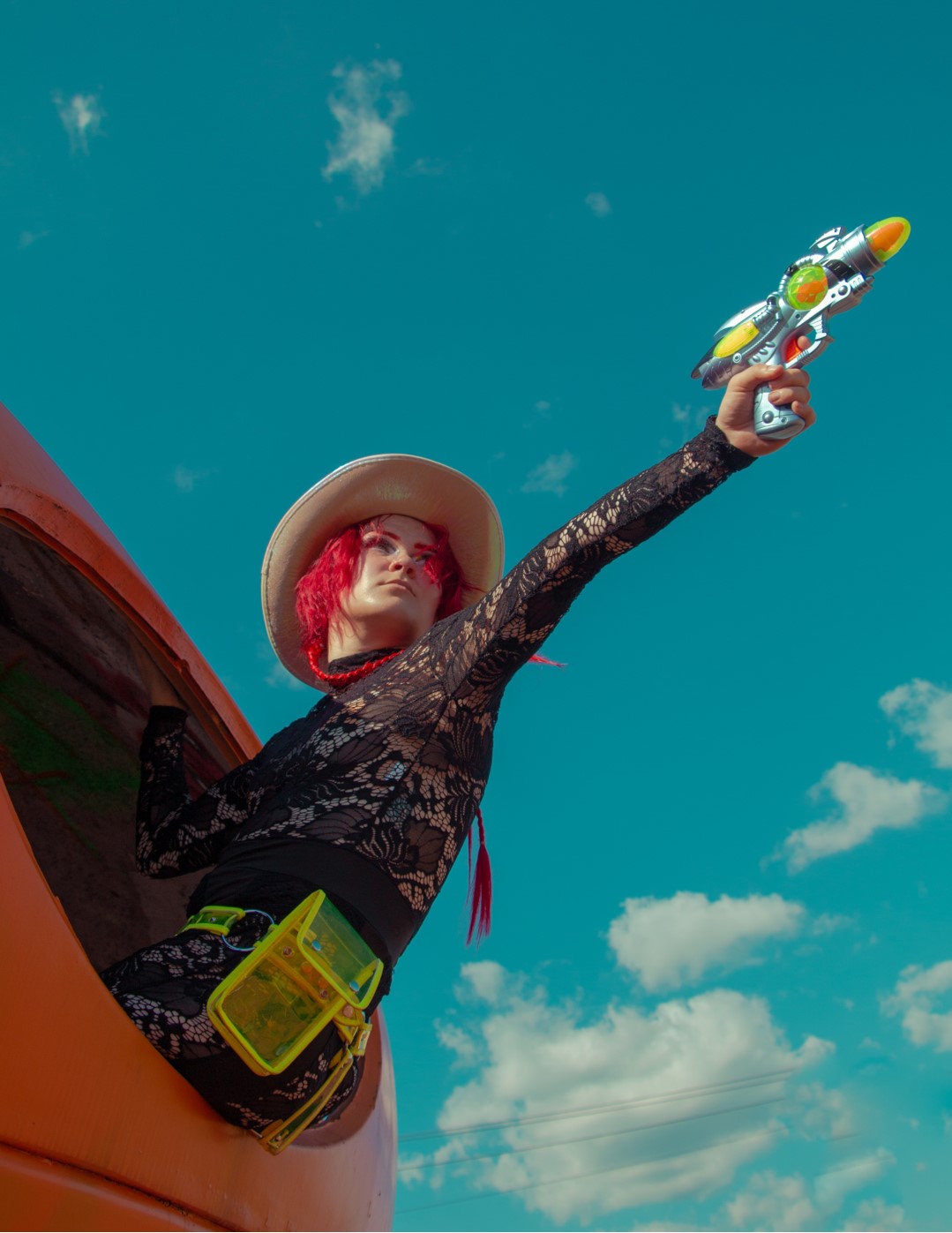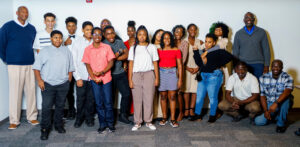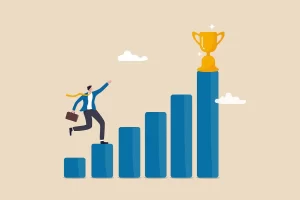
Bailey Turfitt is a 24-year-old makeup artist in the Dallas area. She began her makeup career in middle school when her dad asked her to attempt some special effect makeup looks for Halloween. Since then, her work has expanded through costuming, prop making, set design, as well as self-photography. She has done work with Raw Artists, Sweet Tooth Hotel, University of North Texas, and OVER Magazine. She often collaborates with other Dallas locals to create whimsical and surreal portraits. Bailey is also involved in a non-profit called The Science Place Foundation, which focuses on the historical preservation of the former Science Place museums, once located in Fair Park.
Did you watch a lot of horror movies growing up or enjoy that genre?
It was more so my father who really enjoyed it and growing up, I was not too much of a fan of things jumping out at me. I started showing interest in makeup over time and my parents would decorate inside and outside of our houses for Halloween parties. One year my dad wanted to see if I could possibly try and do some horror makeup. He sent me a YouTube link and a small kit. I just started learning more or more, and then just incorporated into more projects. I do a little bit of film and digital work, especially because of the covid-19 pandemic. I couldn’t work with my typical photographer, so I had to resort to a lot of self-portraits. I had to learn how to use a camera and how to angle it and how to edit photos.
Do you have any tips for new photographers trying to build up their portfolios or work with models?
One of the most important things that I do is getting to explore with other models. I also say to myself that if you think of an idea, no matter how random it may seem, try it out. When I started out with friends, I would spend one to three hours just playing around with various lights. But the outcomes of those photos are usually the coolest because you never know what they’re going to look like and then you’re rewarded with something unique. And when it comes to self-portraits, you must change it up because you get the same image every time. But if you have different filters or lighting or background, sometimes it changes the whole idea of the photo.
Did you learn any key lessons from Raw Artists?
I was walking around with my friends and spotted an event and there was a makeup artist outside airbrushing peoples’ faces. So, we’re getting our face painted and my friend Mallory, she looked at me and she said, “Hey, don’t you have this at home?” The makeup artist start talking to me and we exchanged information. A couple weeks later, the girl reached out to ask if I wanted to be part of the Raw Artist program. I’ve never done a show before or been around that many people that are just incredibly talented. She asked me if I’m going to do a runway show with my makeup models and It was totally new to me. They offer this program where if you sell 20 tickets to the show, you get the booth for free and no deposit will be needed. It’s very collaborative and it’s so much fun to do. So that was my first big experience because my friend mentioned something deep on the street.
Was networking in those events hard when you dealt with anxieties in the past?
For me, especially because I’m partially deaf, individually communicating can always be a little bit difficult. I was lucky growing up to have speech therapy, and to know a mix of deaf people and hard of hearing people or hearing people that I can communicate well with. But most people are willing to do different things to make sure I can communicate with them and that eases it. The people in the community tend to be very helpful and they’re thoughtful and it makes it easier overtime.
How important is music within your art portfolio and does any specific genre appear a lot?
There’s a lot of stuff that I’ve done that’s influenced by music. I always really enjoyed the Beatles just because my mom would play it over and over and would train me. And so, I decided to do a Beatles themed walkout for the fashion portion of that show. And I also featured the Walrus and Eleanor Rigby but was also influenced by 60s music for a Hunter S Thompson shoot. Of course, the song Cocaine by Eric Clapton came up a lot, which helps me keep my memory and my muscle memory of music alive as I continue to lose my hearing in this ear.
What type of lessons were learned with your collaboration with Sweet Tooth Hotel?
It got overwhelming fast on my end. The photoshoot portion was fun for me, because that was the first time, I ever actually stood in front of the camera for something that big. Normally I’m behind the camera and I’m doing the makeup and posing, but they start asking about what models need to be featured. They then mention that they wanted me to model for the show, which I didn’t originally consider because I’ve never done that type of performance. The team taught me how to pose and I got a better understanding on how it feels to be on the other side of the camera. I really enjoyed that a lot. And I learned a lot from that, in both the modeling aspect and business aspect and how it works.
Have you ever pitched an installation idea or process?
I developed a different style because I originally was in biology and then I thought about switching to a metalsmithing degree. And so, I developed this weird style of art with the trip pattern and stuff like that. And I always wanted to do something a little bit off my comfort zone. Even just designing the concept and the idea itself was outside my comfort zone. It was mainly inspired by the Science Place, which most people growing up in DFW area might remember. This location has these corners where they had a photoreactive wall where they would have a flashlight stand in front of it and then there’s a shadow, and the rest of it breaks free from the light. I really loved it because I saw something else similar at a different place where you could take a laser pen and draw on the wall and show up and then it fades. So, I wanted to do something like that, where you had the element and then you have the kind of psychedelic trips and mushrooms around them. The concept was fun for me to do and made me think of the Science Place which weirdly enough actually turned into another project of my own.
What was your experience with Over Magazine like?
I met some of these people through classes I started to take at UNT for art purposes. I met an incredible group of people that are just amazing artists in their own way. And yeah, it was very interesting to see the process of how they would go from concept to shoot to the editing. And then she submitted it into a magazine and that whole process of publication. And then to see the actual magazine itself was interesting to see due to the amount of people that go into that shoot for that one image.
Any upcoming projects you’re excited about?
Yeah, there’s a couple things. I took a hiatus due to health reasons, but I caught up on that now and have a couple of new projects come in. I’ve got a project that’s like the Alice in Wonderland. On the hiatus, me and my partner formed a nonprofit called the Science Place Foundation where we collect images and artifacts and videos. It’s like a meta museum so people can either reflect on it and remember it and enjoy it like we did. I didn’t see that coming. But what can you do? It’s very cool to work on. We met so many cool people so far. And we can’t wait to see what else we do. People come forward with photos and we wonder how we could have forgot about them.

